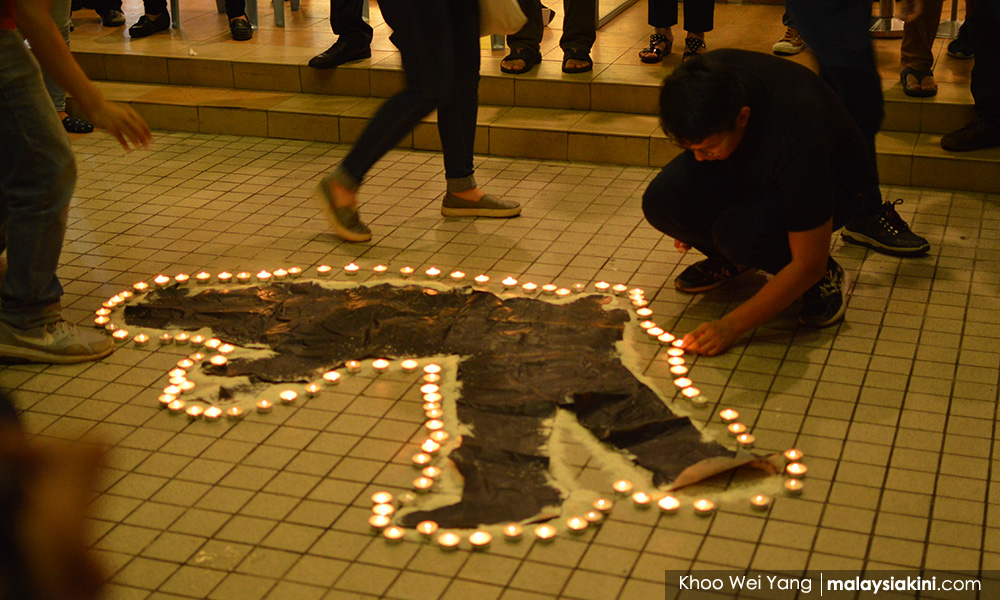
SPECIAL REPORT | Teoh Beng Hock was found dead on this day, 10 years ago.
The 30-year-old had been working as a political aide to DAP Seri Kembangan assemblyperson Ean Yong Hian Wah.
On the evening of July 15, 2009, Teoh was questioned by Selangor MACC as a witness in its investigation into claims of misappropriated allocations involving his boss. The next morning, Teoh's body was found on the fifth floor of Plaza Masalam in Shah Alam, the same building where Selangor MACC had its office.
Over the years, Teoh’s family has trudged through an inquest, which delivered an open verdict, and a Royal Commission of Inquiry (RCI) which concluded that Teoh’s death was a suicide.
Despite the Court of Appeal overturning the open verdict in 2014 and ordering further investigations, no one has been prosecuted for his death.
A decade has now passed, but many questions surrounding the case remain.
As Pakatan Harapan reopens investigations, Malaysiakini revisits the RCI report and judgments of all three Court of Appeal judges.
Here are five mysteries that are yet be resolved:
1. What caused the bruises on his neck?
After he died, two post-mortems were performed on Teoh.
In the first, government forensic pathologists Dr Khairul Azman Ibrahim and Dr Prashant Naresh Samberkar concluded that he had committed suicide.
However, Thai forensic pathologist Dr Pornthip Rojanasunand (photo, below) testified that she was 80 percent sure Teoh had been strangled before falling off the building. This was based on bruises on his neck seen from photographs of the body taken by Prashant.
Khairul and Prashant believed otherwise, contending that the bruises were the result of “staining” caused by the post-mortem procedure.
This caused MACC’s lead prosecutor Abdul Razak Musa to call Pornthip’s findings and credibility into question during the inquest.
Abdul Razak famously, and hilariously, attempted to strangle himself when cross-examining the Thai expert about the possibility that Teoh had choked himself.
In the second post-mortem, Pornthip maintained her conclusion that bruises on Teoh’s neck had been caused by external forces such as strangulation, which led to a shortage of oxygen flowing to his brain and a loss of consciousness.
Her findings would later play a key role in the Court of Appeal’s unanimous decision to reject the coroner’s open verdict on the death.
This is what Court of Appeal judge Mah Weng Kwai said in his judgment: “To my mind, some person or persons must have done something to Teoh Beng Hock which had resulted in the bruise mark on his neck. The bruise mark could not have appeared on the neck by itself without an external cause.”
Mah also wrote that the inquest had been presented with sufficient evidence to prove that Teoh had suffered injuries before he fell from the building, and credited Pornthip for her findings in the second post-mortem.
Fellow Court of Appeal judge Mohamad Ariff Md Yusof similarly quoted Pornthip’s findings extensively in his judgment and rejected the theory that Teoh had fallen from the building by accident.
If Pornthip’s theory is to be believed, who caused the bruises on Teoh’s neck?
2. Seven unexplained hours
Teoh was brought into MACC Selangor’s office for questioning at 6pm on July 15, 2009, where he remained for 19 hours until his body was found at 1.30pm the next day.
Of the 19 hours, no MACC officer has been able to explicitly explain what happened to him in the last seven. The inquest characterised this period as the “unexplained gap”.
Teoh’s estimated time of death was between 7.15am and 11.15am on July 16, several hours before he was found.
All MACC officers involved in questioning him were only able to describe what had happened from 6pm on July 15 up to 3.30am the next day. Reading the RCI report, testimonies about events past that time appear unclear and inconsistent.
Mohd Nadzri Ibrahim was the last MACC officer to question Teoh before he died. He said he had allowed the latter to return home at 3.30am, but that Teoh had asked to remain at the office to “rest”. The reason for this was not provided.
Only three individuals testified that they had interacted with Teoh after 3.30am, with MACC officer Raymond Nion claiming to have been the last to see him alive at 6am. Raymond’s testimony was rejected by the RCI panel, on the basis that it was illogical and not credible.
Mohamad Anuar Ismail, the MACC investigating officer in charge of the case involving Teoh’s boss, said he had spent the night at the office surau after the questioning session.
Anuar discovered that Teoh’s bag was still at the office when he woke up the next morning at 8.30am and had made a failed attempt to search for its owner. He testified that he had only “realised”, at 1.30pm, that Teoh had fallen from the building.
According to Mah, Teoh had died while he was under MACC’s care, when the anti-graft body was supposed to ensure his safety.
“The MACC owed Teoh Beng Hock a strict duty of care to ensure that he was kept safe at all times while under their custody and that he did not come into harm’s way, such as from beatings and assault by anyone,” Mah said in his judgment.
What happened to Teoh after 6am that caused him to fall to his death?
3. False testimonies?
The RCI report concluded that five MACC officers had given false testimonies about their actions before Teoh was found dead.
They are then-MACC Selangor deputy director Hishamuddin Hashim and officers Mohd Ashraf Mohd Yunus, Bulkini Paharuddin, Anuar and Raymond.
Hishamuddin had led the investigation into the case involving Teoh’s employer, but he testified that he was not actively involved in the actual probe.
Seven full pages in the RCI report are dedicated to dispelling the possibility that the senior officer had been in the dark about details of the investigation. His testimony was deemed false, insincere and inadmissible.
“There was no direct evidence to prove that Hishamuddin Hashim had a hand in the death of Teoh Beng Hock.
“But as the senior-most officer involved in the operation and being physically present in the office when the officers involved in the operation were interrogating Teoh Beng Hock virtually without let, he should be held responsible for the actions taken by him and his officers which propelled Teoh Beng Hock to commit suicide,” the report states.
The RCI noted that Ashraf possessed a record of torturing his lock-up detainees. It also concluded that Raymond was used by his colleagues to note down “time-markers” to falsely portray Teoh as being alive.
In Aug 2011, the Malaysian Bar alleged that MACC officers had embarked on an “elaborate, massive, consistent and planned attempt” to cover up the true circumstances which led to Teoh’s death.
The oversight body also believed that MACC officers had already known about Teoh’s death on the morning of July 16, but had fabricated, destroyed and altered evidence to avoid detection.
Aside from the five mentioned above, the Bar further called for action against MACC officers Hairul Ilham Hamzah, Zulkefly Aziz, Effezul Azran Abdul Manop, Arman Alies and Mohd Nazri Ibrahim for contravening MACC rules.
Despite clear recommendations from the RCI panel and the Bar, no action has ever been taken against any of the MACC officers involved. Why?
4. A much-delayed 'suicide note'?
At the tail-end of the inquest into Teoh’s death, one year after it began, the Attorney-General’s Chambers (AGC) shocked all by tendering the political aide’s apparent "suicide note" as evidence in court.
Police officer ASP Ahmad Nazri Zainal testified that he had discovered the note in Teoh’s bag on July 17, 2009, one day after his body was found. He claimed that he failed to surrender it to the inquest as he had not considered its importance at the time.
Almost three months later, on Oct 7, Nazri said he submitted the note to have its handwriting verified after conducting a second search of the bag.
It was then tendered to the inquest, 10 months later in August 2010.
Due to the timing of its appearance, both the RCI panel and Court of Appeal ruled that the note was inadmissible as evidence.
In its report, the panel criticised Nazri for his lackadaisical attitude towards a piece of evidence.
“In fact, this created mistrust in us on the authenticity of this document, i.e. the note. In the light of these circumstances and the shortcomings in (document analyst) Mr Wong's opinion, we attached no weight to the note in our deliberations,” the panel's report states.
The Bar similarly disputed the veracity of the note and claimed that it had been produced to assist MACC’s attempt to show that Teoh had killed himself.
In his judgment, Mah said what the note had shown was the police’s lack of efficiency.
Following the Court of Appeal’s order for fresh investigations, the police re-opened their investigation, but appeared to base it on the alleged suicide note. They took statements from Teoh’s family to verify his handwriting, leading to much public uproar.
Why did the police base their investigations on a disputed piece of evidence?
5. Who's to blame?
Both the RCI report and Court of Appeal judgments clearly stated that MACC officers had committed wrongdoings when questioning Teoh, yet none has faced prosecution.
Several years after the case, investigating officer Anuar was even promoted.
The RCI report found that Hishamuddin, Anuar and Ashraf had used “aggressive and inappropriate” interrogation methods. Ashraf and Arman were found to have employed harsh intimidation against Teoh.
It even characterised Arman as “the bully”, Ashraf as “the abuser” and Hishamuddin as “the arrogant leader”.
In his judgment, Court of Appeal judge Hamid Sultan Abu Backer said that MACC had effectively arrested Teoh when he was brought into MACC Selangor’s office accompanied by officers.
Justice Hamid said this constituted an abuse of power, right from the beginning of the proceedings, as Teoh was just a case witness, not a suspect.
To Mohamad Ariff, the evidence did not point to suicide but instead indicated that abuse had occurred, which could have led to murder. He wrote in his judgment that the bruises on Teoh’s neck were inflicted before he fell from the building.
“It can only be suicide or homicide, or if it was suicide, it will serve the public interest to know what and who drove the deceased to suicide, and what, or who, caused the pre-fall injury,” the judge wrote.
Mah highlighted that Teoh was mistreated when he was barred from leaving MACC Selangor’s office and denied access to a lawyer. The judge called for disciplinary action and punishment for those responsible.
In 2012, Teoh’s family filed a civil suit against the federal government and MACC, along with 12 of its officers, for negligence and injuring the political aide to the point of death.
This was settled in the High Court in Kuala Lumpur, with the government paying the family RM600,000 in compensation and a further RM60,000 in costs.
However, the suit failed to hold anyone accountable and Putrajaya merely admitted that it had been negligent.
In 2016, then BN minister Nancy Shukri said that the Attorney-General's Chambers had found "no crime" had been committed by any MACC officer in relation to Teoh’s death.
After the 2018 general election, the newly formed Pakatan Harapan government promised to reopen investigations into Teoh’s death.
However, the police later announced they were pursuing the case under Section 342 of the Penal Code, which deals with wrongful confinement.
This courted swift criticism as it went against the Court of Appeal’s judgment that Teoh’s death had been caused by one or more unknown persons, including MACC officers.
What more would it take for someone to be brought to justice for Teoh’s death?
'Not a difficult question to answer'
Despite remaining unresolved after 10 years, Teoh family’s lawyer, Ramkarpal Singh, believes the case is essentially quite a straightforward affair.
Comparing it to the murder of Altantuya Shaariibuu, in which he represented the late Mongolian national’s family, he said much had already been revealed about Teoh’s death through the inquest, court proceedings and the RCI report.
“This is a death in a custody case, whether you like it or not. Are they (MACC officers) responsible? I don’t think that is a difficult question to answer.
“In the Teoh Beng Hock case, you know who these people are. What is necessary now is to further investigate their role, to determine the extent of their role.
“For me, I can’t see a problem in the Teoh Beng Hock case,” Ramkarpal told Malaysiakinirecently.
For activist Ng Yap Hwa, who volunteers with the Teoh Beng Hock Trust for Democracy, these five mysteries could be solved if the police and AGC expanded their scope.
Ng believes that the investigations had hit a snag because the police had so far only regarded Teoh’s death as a suicide case.
“I think the police do not want to take action against the MACC. They saw this case as a suicide from the start and have never considered an alternative explanation.
“Unless they change the direction of their investigations, we might never know what really caused Teoh’s death, no matter how many times the police reopen the case,” Ng told Malaysiakini.
Ramkarpal, who is also the DAP Bukit Gelugor MP, similarly urged the police to probe beyond wrongful confinement in its investigations.
He hoped that the new investigations would not arrive at the same conclusions as before.
“Suicide was more or less ruled out by the Court of Appeal.
“If you are just going to focus on suicide, does this means you are insulting the Court of Appeal?
“It was not just one judge, you know, but three judges. All of them had the same opinion,” the lawyer stressed. - Mkini




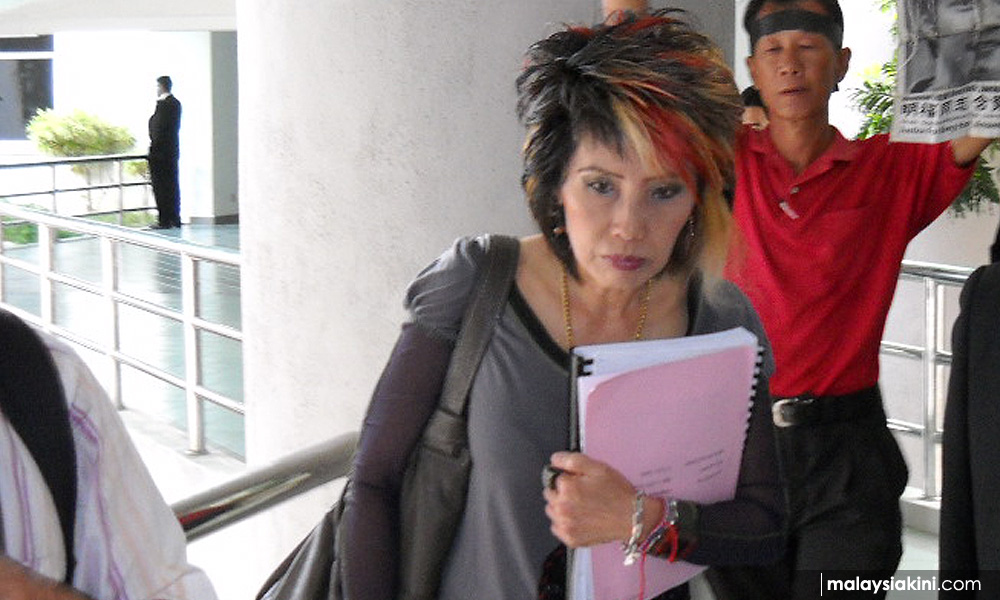
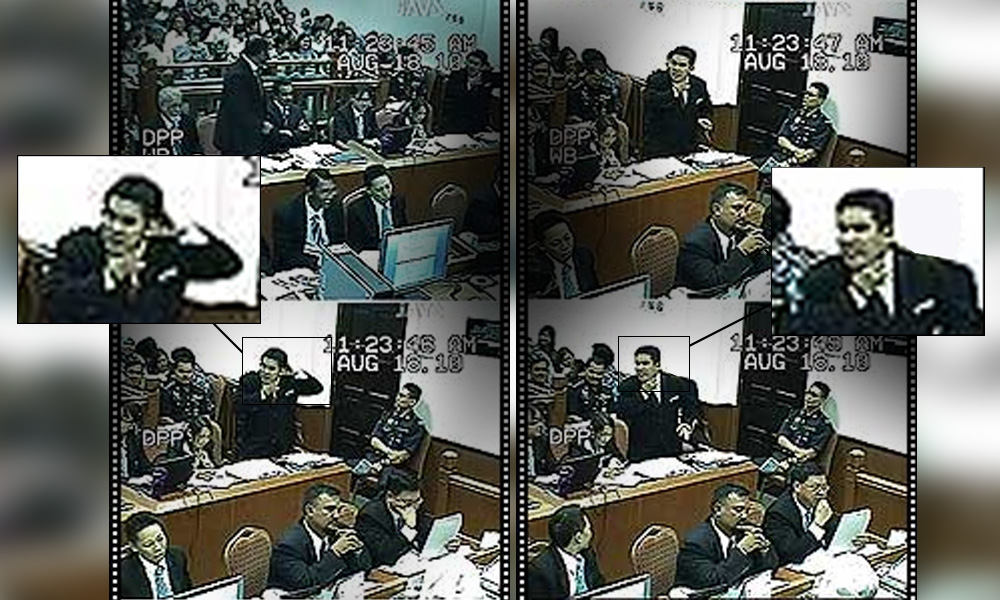
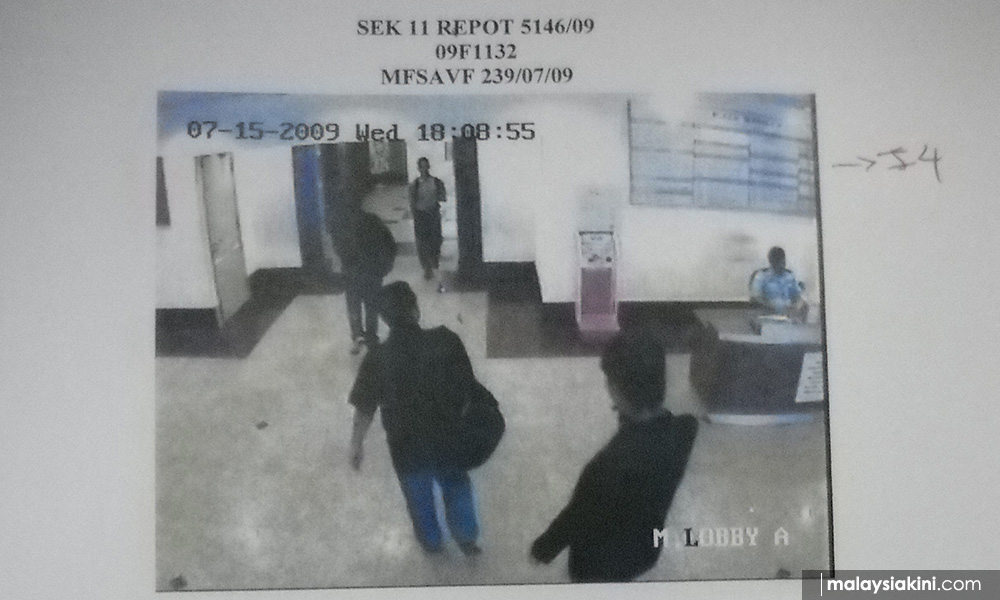
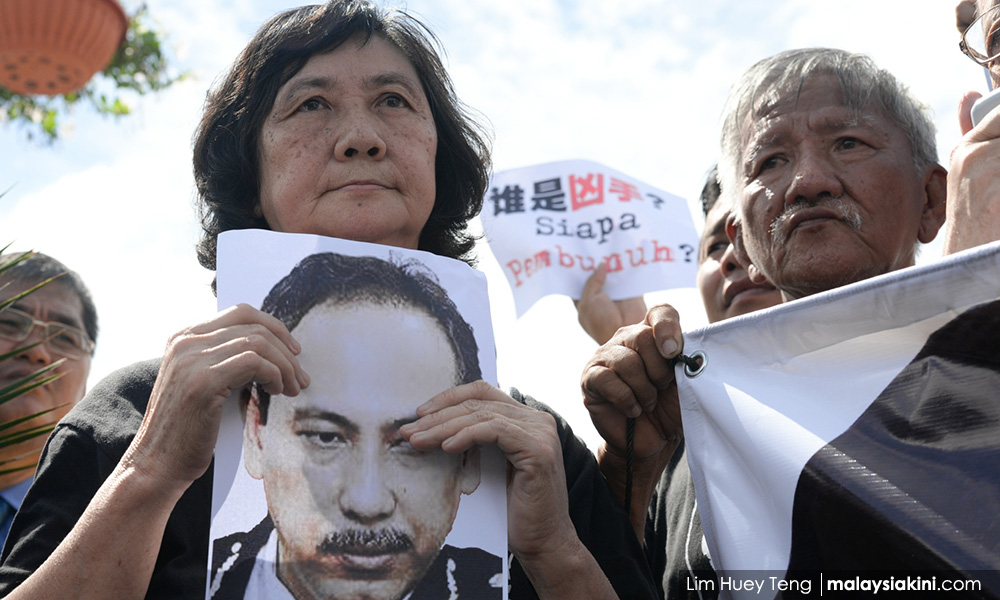
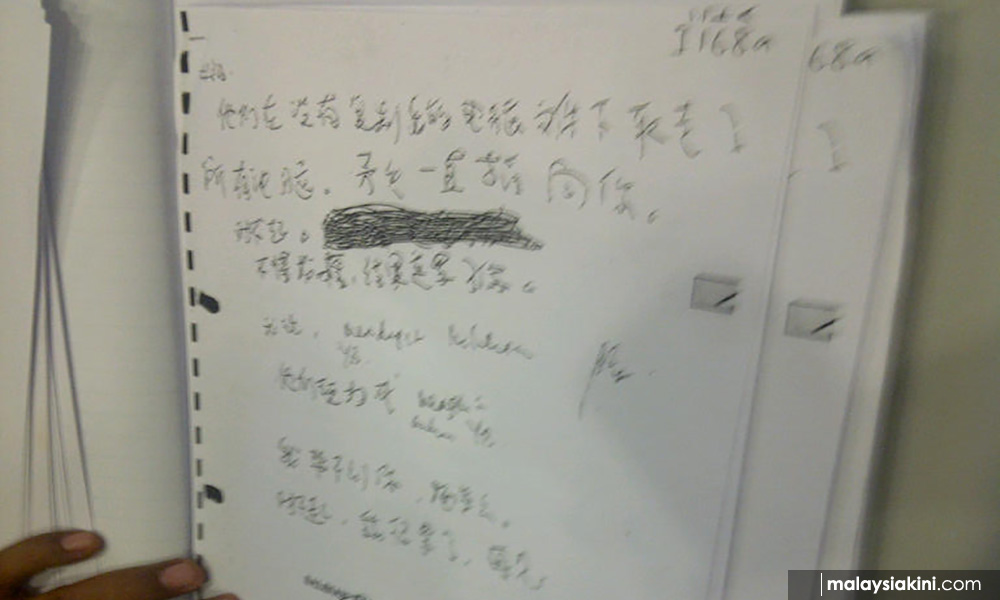
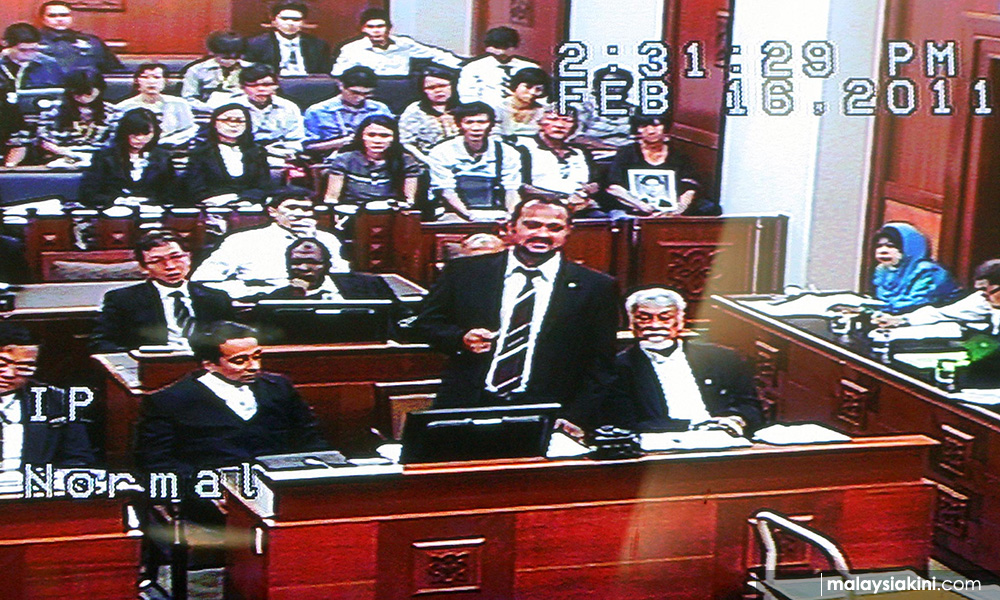
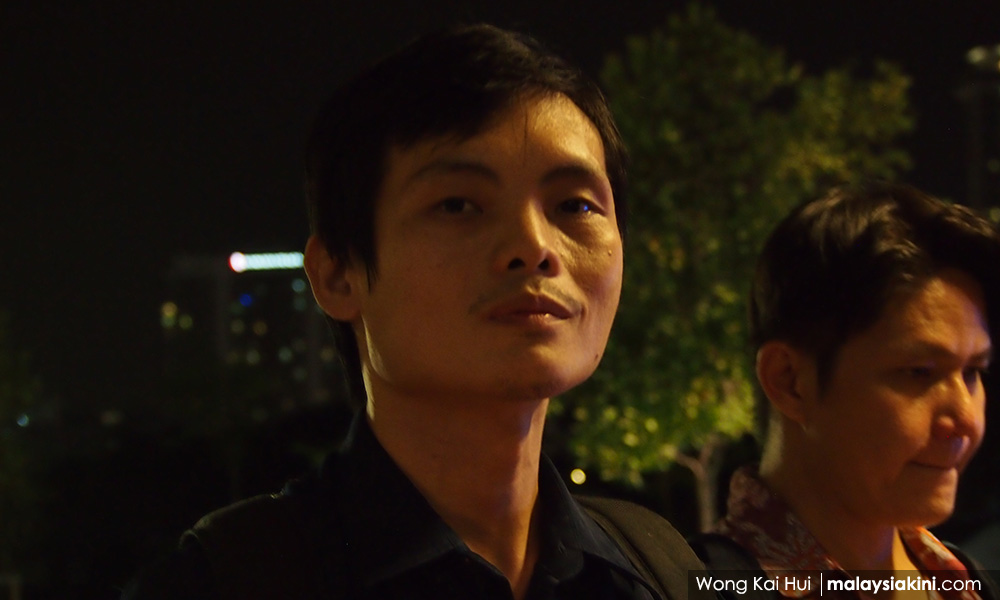
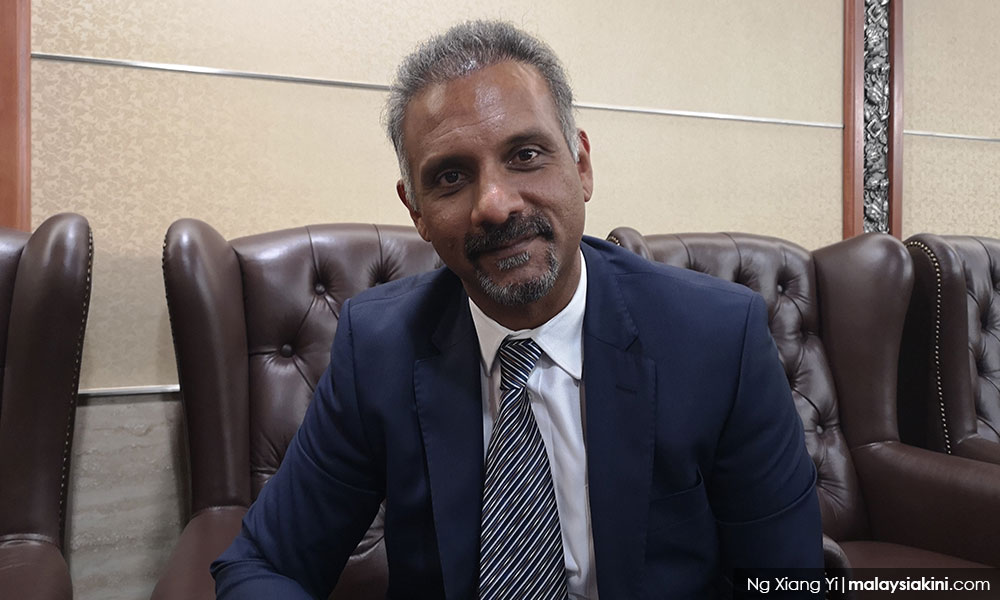
No comments:
Post a Comment
Note: Only a member of this blog may post a comment.